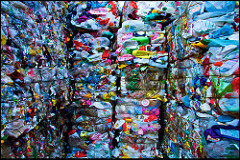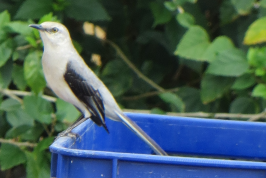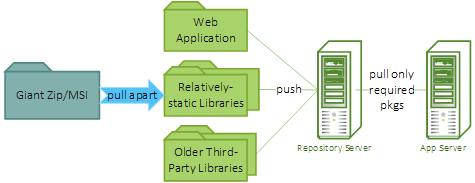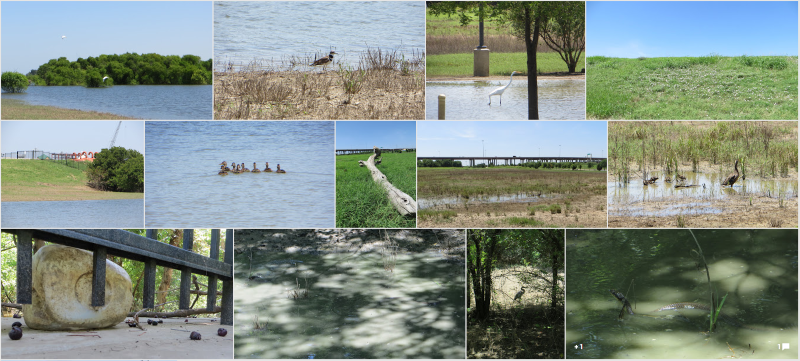
© Marco Beltrametti 2009, some rights reserved (CC-BY-NC-ND)
A social media challenge was posed, #PlasticFreeJuly:
try to avoid plastic in the month of July. Taken literally, many of us would be
unable to read the challenge, without the plastic of our corrective lenses.
Perhaps someone, somewhere, still makes glasses from melted, ground, sand. I
shudder to think of the weight required to correct my own poor vision this way.
But there is a deeper truth: the gauntlet was delivered through a medium whose
human-tangible representation beamed out through melted sand, encased in
plastic, with circuits embedded in plastic. Perhaps someone, somewhere,
manufactures computers using naught but metals, sand, and rubber insulation.
With vacuum tubes.





